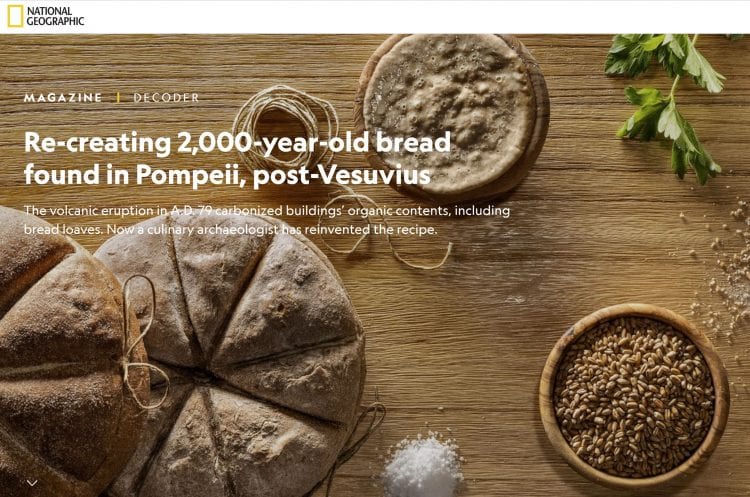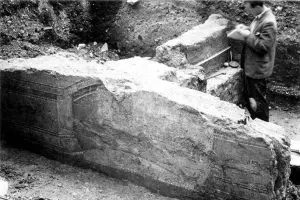The volcanic eruption in A.D. 79 carbonized buildings’ organic contents, including bread loaves. Now a culinary archaeologist has reinvented the recipe.
In A.D. 79 the eruption of Mount Vesuvius buried the Roman cities of Pompeii and Herculaneum in ash and pumice, and carbonized many of their organic contents—including the bread in Pompeii’s bakeries. Farrell Monaco, a culinary archaeologist, researched one popular bread’s history and has re-created the recipe using wheat, yeast, string and reeds….
National Geographic subscribers: Click here to read more online about Farrell Monaco’s ancient Roman bread research. The June issue of National Geographic is due on stands now!









I am trying to figure out how to get a copy of the bread recipe.
I can’t find it in my NG magazine.
It is on the tavola website but there is no clear way on
how to copy it.
I have had to do screen shots of each page.
Must be an easier way.
Hi Sheila! Go here: https://tavolamediterranea.com/2019/08/30/baking-with-the-romans-the-key-ingredients-poppy-seed-fennel-and-parsley/